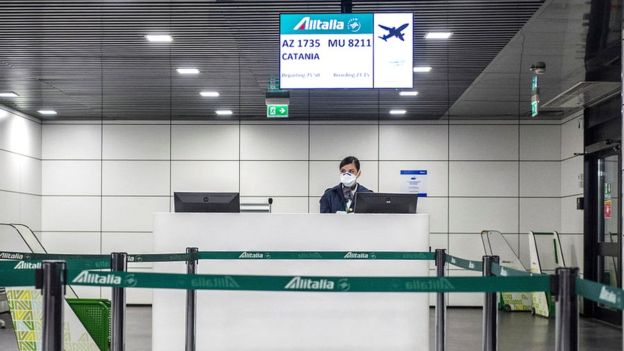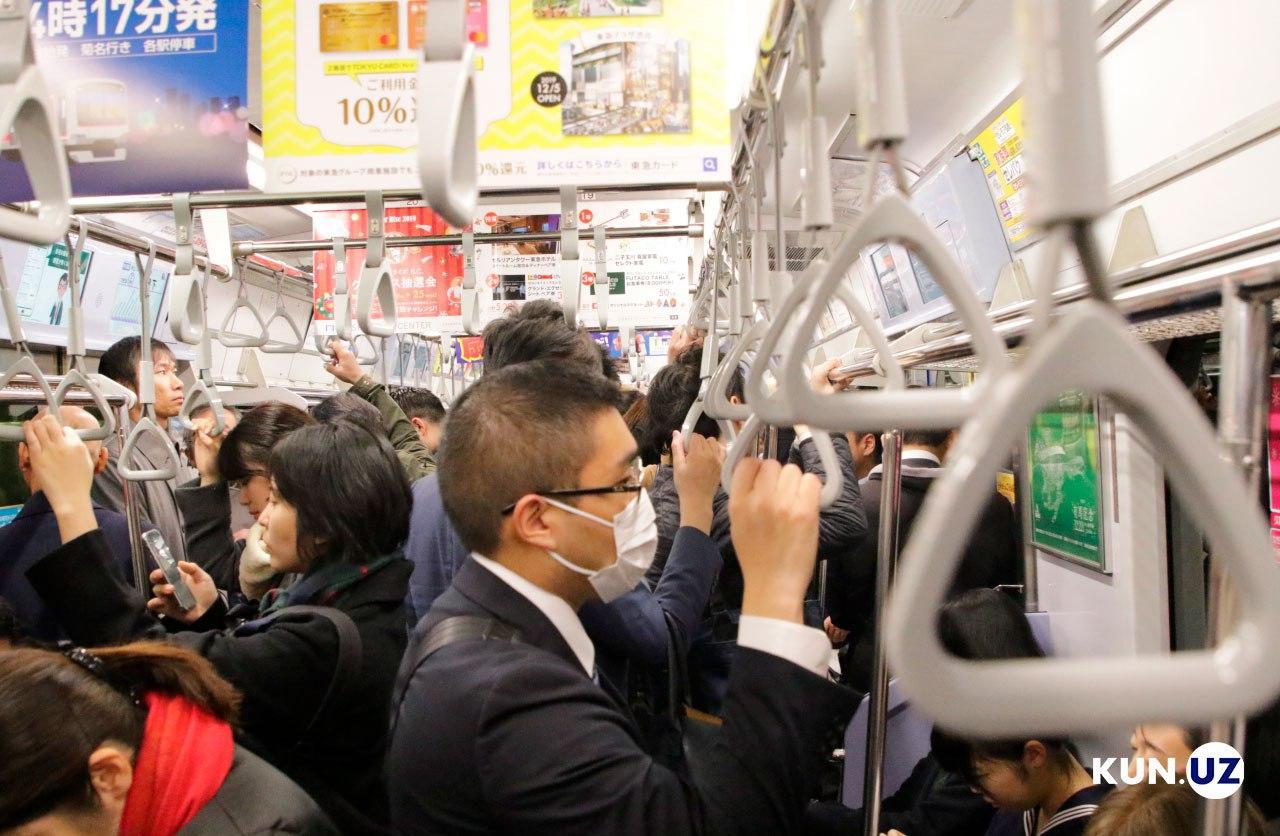But is it really so dangerous to fly on planes, travel on trains, cruise ships, and use regular public transport?
Trains and buses
No specific information is available on how the new coronavirus is transmitted, but similar infections can spread through air from patients who sneeze or cough.
Apparently, coronavirus does not circulate in the air like a normal influenza virus, which means you need to be in close contact for infection to spread. A UK health system note says that staying as close as two meters to the infected patient is enough for the virus to be transmitted into another human’s body.
Therefore, the risk of getting infection on trains or buses depends on the density of passengers. This, in turn, depends on time, route, and region.
For example, previous studies have shown that the London underground, which is often crowded, has a significantly higher risk of spreading respiratory illness.
However, if you do not use these types of transport on rush hours and there are fewer passengers in the wagons and buses, then the risk is reduced. In addition, your chances of getting sick will vary depending on ventilation, your compliance with hygiene rules and how long you stay on public transport.
“Contact with potential affected passengers and surfaces should be minimized,” says Lara Gose, a doctor at the Global Health Institute. “So don't go outside in rush hours.”
David Nabarro, the WHO’s Special Counselor on Coronavirus, told the BBC that the issue of public safety had not yet been investigated, but the current data confirmed that “minor contacts” between passengers in the vehicle were not the “most important cause of virus spreading.”
Planes
There was a widespread opinion that the risk of getting infected on plane is higher because passengers breathe stale air.
In fact, the air inside the aircraft may be cleaner than in your workplace, and definitely cleaner than in trains or busses.
Although the airplane usually has a high density of passengers, the air is often fresh.
According to Xinjiang Chen, a professor of air quality studies at Perdue University, air in the airplane is renewed every 2-3 minutes, while in air-conditioned buildings every 10-12 minutes.
This is because the aircraft are equipped with high-performance dust filters. They are able to seize even smaller bodies, including viruses, than conventional filters installed on air conditioning systems.
These filters absorb the air from outside and mix it with the air inside the salon, so the air inside the aircraft is semi-clean at any time. Traditional air-conditioning systems, however, are designed to clean only air inside of the building.
In addition to swallowing the viral microtomes emitted to the air during sneezing and coughing, people can get infected with coronavirus through touching infected surfaces, such as a human hand or a door handles.
However, when it comes to transport risks, there is no need to generalize, because there are many factors that can reduce or increase these risks.
For example, long-haul flight passengers tend to move more often inside the airplane, and if they are infected, the risk of infection increases significantly.

The WHO statement notes that it is most dangerous to sit in two rows in front, behind and next to the affected passenger.
However, during the 2003 SARS outbreak, 45% of all people infected were sitting outside this perimeter.
As with all other situations, you should follow standard tips: wash your hands frequently, disinfect the surfaces, and use a one-time napkin when sneezing or coughing.
The most dangerous aspect of air transport is that the aircraft can quickly bring a potential patient anywhere in the world.
Cruise ships
In February, cruise ships were in the limelight after “Diamond Princess” passengers in Japan was quarantined.
Another ship, the “Grand Princess”, was stopped on the California coast and dozens of people were infected from 3,500 passengers.
Unlike planes, many people on such ships experience more frequent contact with each other in limited space.
According to Professor Chen, “air conditioning systems on cruise ships combine indoor and outdoor air to save energy.”
“But the problem is that systems cannot filter particles smaller than 5,000 nanometers,” explains the scientist. “During the 2003 SARS outbreak, viruses did not exceed 120 nanometers in diameter and were able to circulate freely through these air conditioning systems.”
According to Professor Chen, if cruise ships use outdoor air without trying to save energy, the risk of infection can be reduced.






